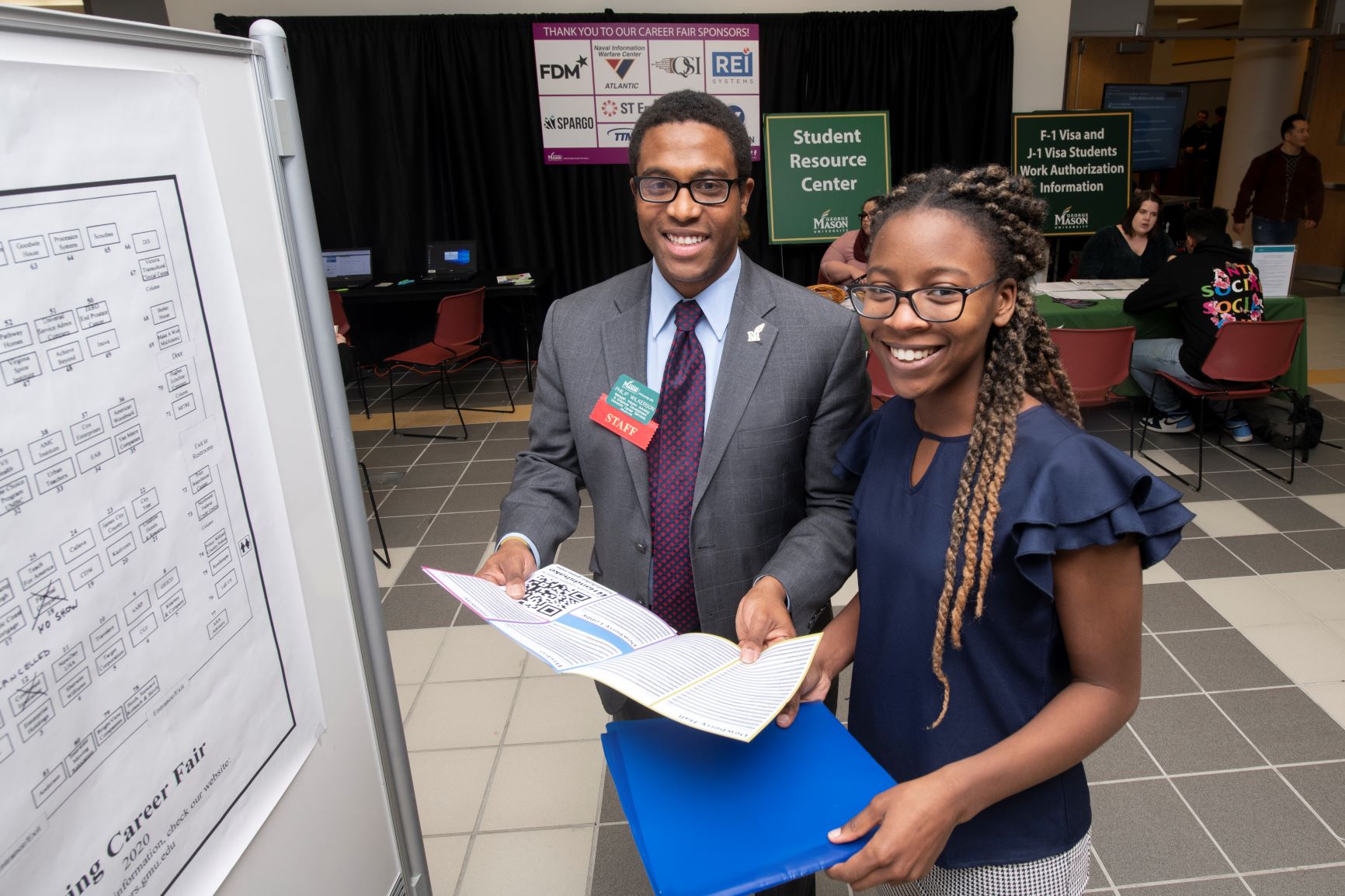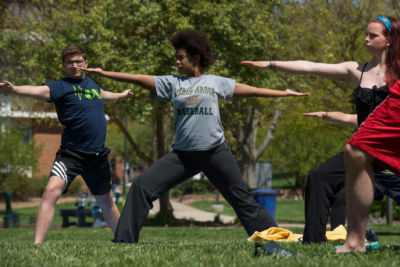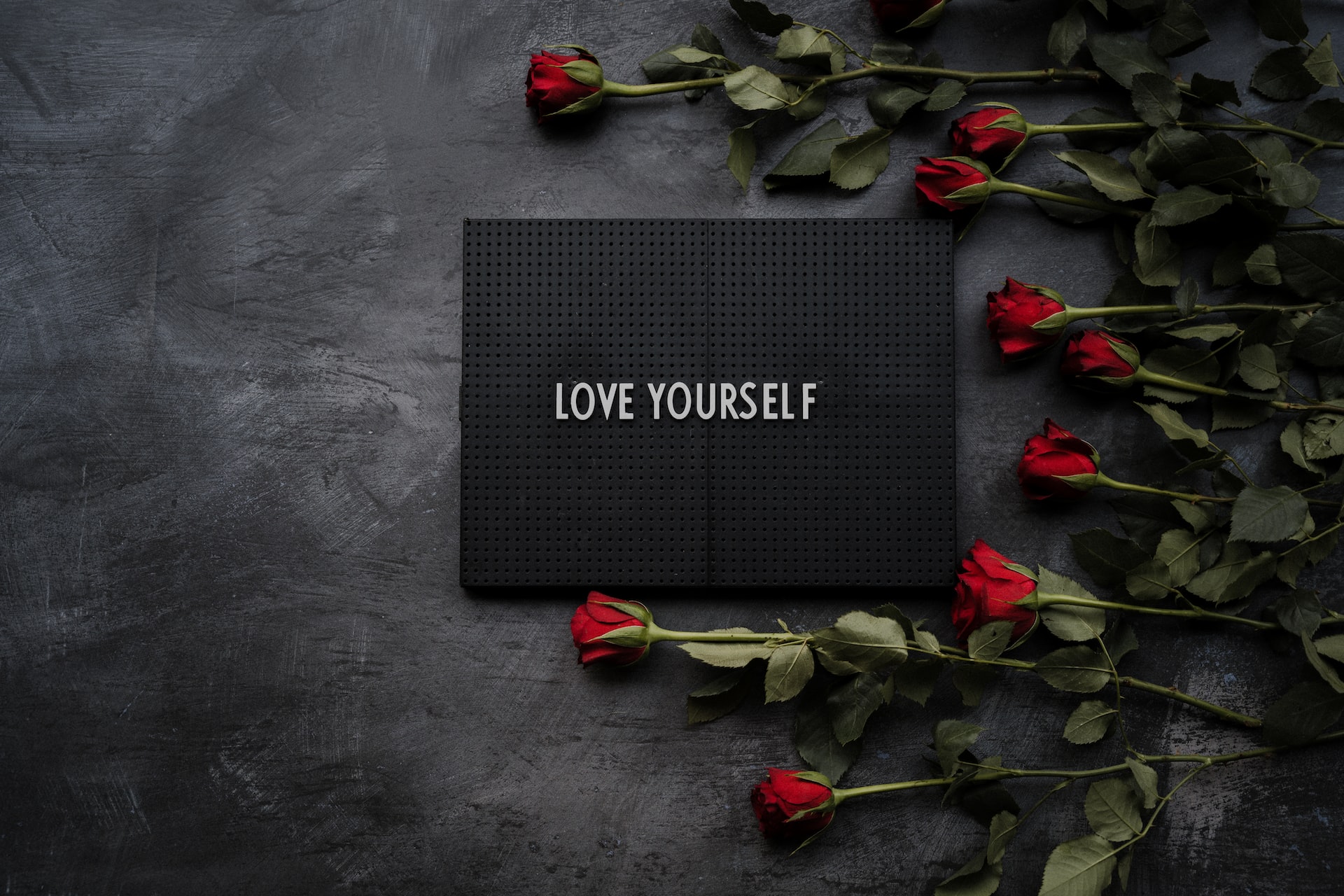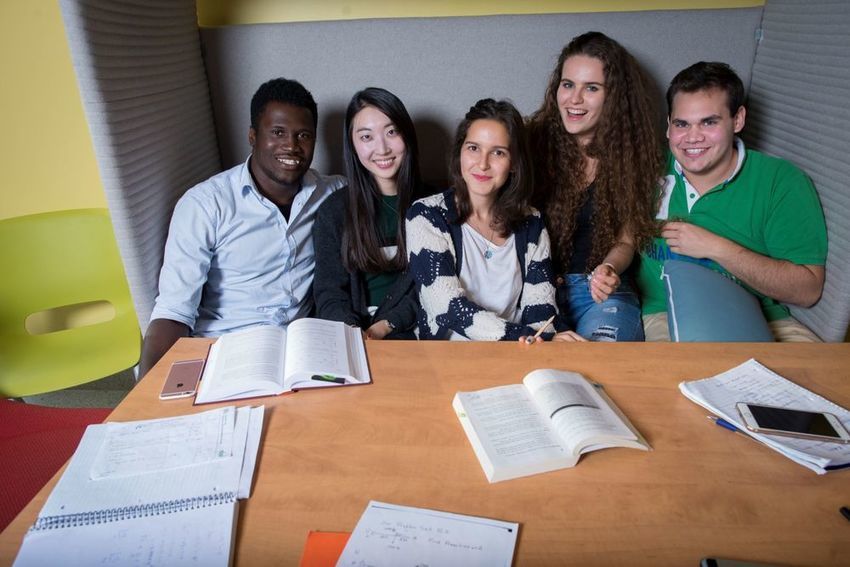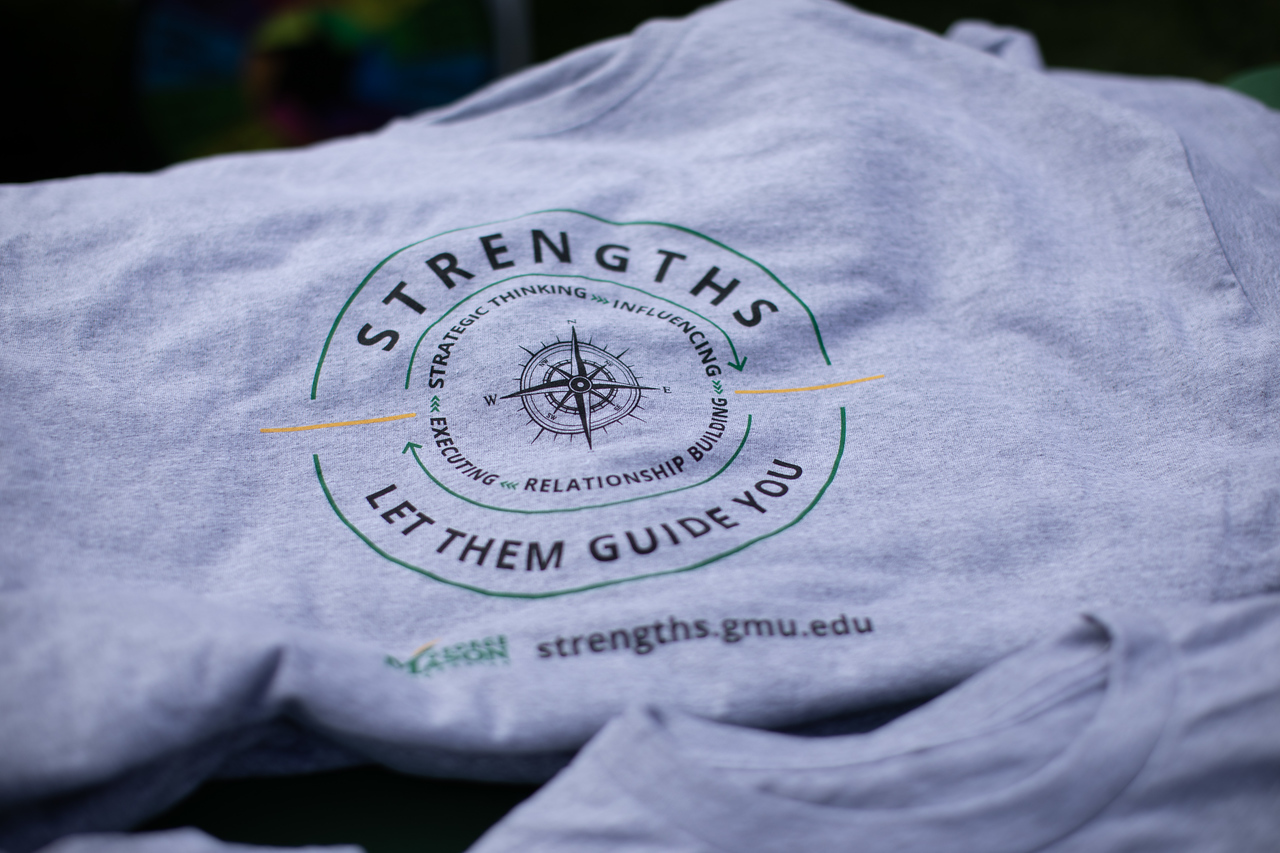by Nour Alamiri, Health & Well-Being Coordinator, Student Health Services
“Success is peace of mind which is a direct result of self-satisfaction in knowing you did your best to become the best you are capable of becoming.” – Coach John Wooden
Virtual burnout – with symptoms such as eye strain, headaches, and exhaustion – has affected students and staff alike as the pandemic continues to drag on. Technology was once used as a tool to aid our daily lives, but has now become the basis to function in nearly every aspect of our lives.
Tactics of Virtual Engagement
We are adjusting to a new way of communicating. When we interact with one another in person, we rely on nonverbal cues, body language, and tone and pitch of voice to follow conversation. While we are able to see and hear each other through virtual platforms, it is more challenging and tiring to process these same nonverbal cues through a screen. Silence also plays an important role in conversation, as it allows for natural rhythms and pauses. However, silence experienced over virtual platforms can often create feelings of anxiety and unfriendliness: “Did I not articulate myself well enough? Did they not hear me? Is my Internet connection unstable? Is the audio or video lagging?”
Living at Work
We are not working at home. We are living at work. We have been forced to bring our work and school lives to our home space. For many of us, our homes function as a place of solace. But when work comes home with us, and when we are accessible via technology 24/7, an imbalance between work and life occurs. Pre-pandemic, we were able to better compartmentalize our work, school, and home lives through different physical spaces. Physical separation allows for boundaries between each aspect of our lives. This separation has since evolved to the tabs on our screen.
Unintended Consequences
Virtual engagement is intended to keep us connected. However, an increase in virtual use coupled with physical distancing has created social isolation. This mélange of factors causes an altered sense of reality. Virtual platforms lack experience richness and feedback, and technology is no longer a chosen distraction. Our reliance on technology to function has caused an inability to disconnect. In addition to our constant physical connection to our handheld and portable devices, we experience pressure to always be accessible and online. Increased social isolation has fostered a societal pressure to come out of this pandemic as better versions of ourselves. We are trying to tap into our creative sides, pick up that hobby we never had time for, and share content via social media – all while trying to survive a historic pandemic of epic proportions.
Zoom Forward: How to Mindfully Engage in Virtual Interaction
Here are some tips on how to mindfully engage in virtual interaction:
- Greet others as you normally would. Small talk is underrated. It can help break the ice and ease tension. In the same way you would greet a coworker at the office, take one minute to say hello to others, ask how their weekend went, or share a moment that made you smile recently. Small talk has an ability to ground us and remind us with whom we are sharing space.
- Use speaker view. Focusing on one person at a time can feel less draining, as you are not having to process the verbal and nonverbal cues of many at once.
- Avoid multitasking. While it may be tempting to check social media, email, or catch up on assignments while in a virtual meeting or class, you will inevitably have to use more energy to focus on all the tasks at hand.
- Take measured breaks. Scheduling breaks in your calendar can hold you accountable to taking much-needed rest. Take your dog out for a quick walk, eat a snack, or even simply close your eyes for a minute before moving on to your next task. You can’t pour from an empty cup.
- Follow the 20/20/20 principle for screen time. Kudos to my optometrist for this tip. For every 20 minutes that you are looking at a screen, look 20 feet away, for 20 seconds. This helps prevent eye strain and fatigue.
- Be patient with yourself. You are doing the best you can.
Try Your Best and Forget the Rest
In this pandemic, we are all experiencing something we have never encountered before. With this comes a baseline level of stress. While there are many ways to help cope with stress we may be experiencing, eliminating stress entirely is an unrealistic expectation. I’m here to gently encourage you to be patient with yourself. There will be good days and bad days, and that’s okay.
Additional Resources
Virtual Mental Health Workshops hosted by Mason’s Counseling and Psychological Services (CAPS)
Mindful Mason Moments: Online Mindfulness Meditation sessions hosted by our center
How Millennials Became the Burnout Generation (This is also relevant to Gen Z)
FACE COVID – How to Respond Effectively to the Corona Crisis
Write one of these Thriving Together Series features! We’re looking for contributions on all topics related to well-being. Read other Thriving Together Series articles here and contact us at [email protected] for guidelines. Thank you for helping our Mason community thrive together online!






